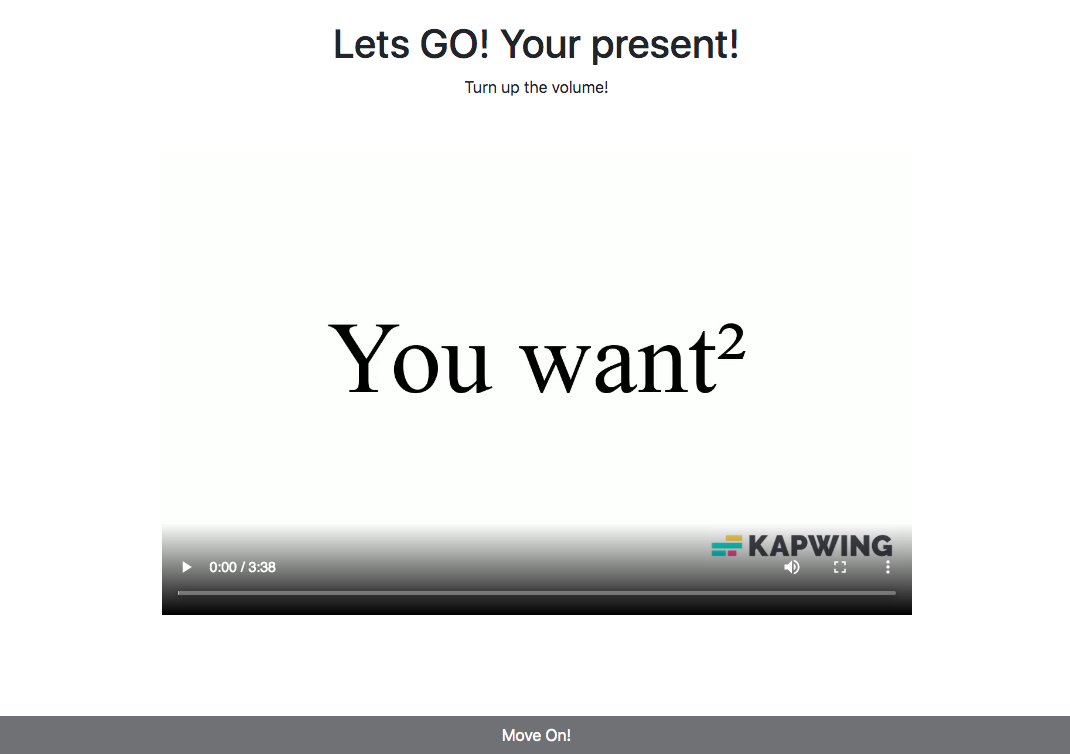How to Pause a Video at a Specific Second
· 5 min read

Introduction
I recently learned React, one of the most popular JavaScript frameworks in the world. I also created a gift for my sister using React. The main feature of the present is a video that contains a rickroll. When the rickroll plays, it should enable a previously disabled button.
